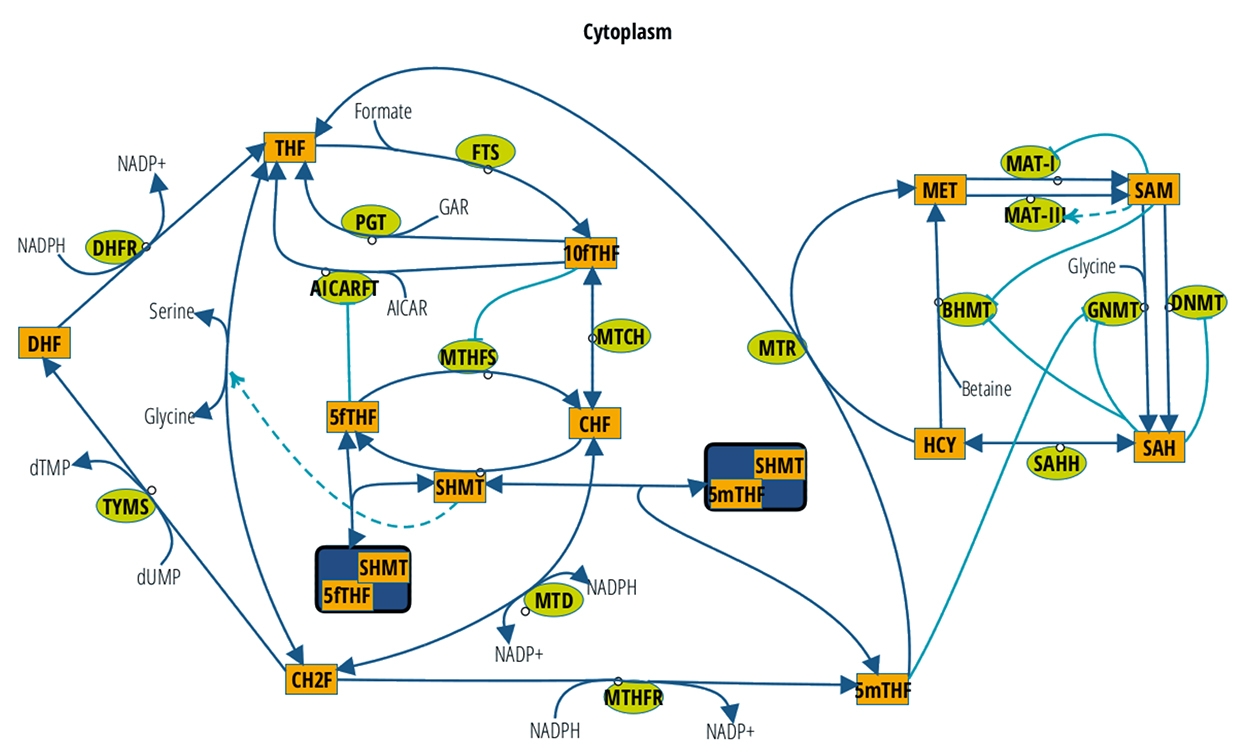You are here
Gene-Nutrient Interactions that Lead to Disease — A Focus on Folate and the Nervous System
Speakers
Abstract
Nutrient transport, turnover and metabolism and measures of nutrient status can change as a result of inflammation, autoimmunity, and mitochondrial function among other factors resulting from chronic disease and/or other clinical states. There are no consensus guidelines for estimating the nutritional requirements of clinical populations, which constitute nearly half of the adult population in the United States. Disease states and/or disease treatment can cause whole-body or tissue-specific nutrient depletion or excess, as seen in many inborn errors of metabolism. More than 30 neurological and psychiatric diseases have been associated with cerebral folate deficiency, which can occur in the absence of whole-body folate deficiency. The brain is susceptible to folate deficiency due to impairments in either folate metabolism and/or energy metabolism, because folate is concentrated across the blood-brain barrier by up to 3-fold (serum/cerebrospinal fluid), which is an energy requiring process. Patients with inborn errors of metabolism affecting folate utilization, energy metabolism, or folate transport across the blood-brain barrier are at increased risk for cerebral folate deficiency and subsequent neurological and neuropsychiatric conditions, even in the absence of whole-body deficiency. Reduced folates including folinic acid and 5-methyltetrahydrofolate are much more effective than high-dose folic acid at increasing CSF folate levels in patients with low CSF folate due to inborn errors of metabolism, indicating that nutrient form and dose are key modifiers of treatment efficacy. In many cases, increasing CSF folate levels using reduced forms of folate can result in improvement in neurological complications including seizures. Our laboratory is currently using mouse models to determine the effects of disease-induced impairments in BBB function and integrity on brain nutrient levels, with an emphasis on brain folate accumulation. In addition, we have synthesized novel reduced folate derivatives designed to more effectively restore of brain folate levels, leading to BBB repair and functional improvement in neurological outcomes.


